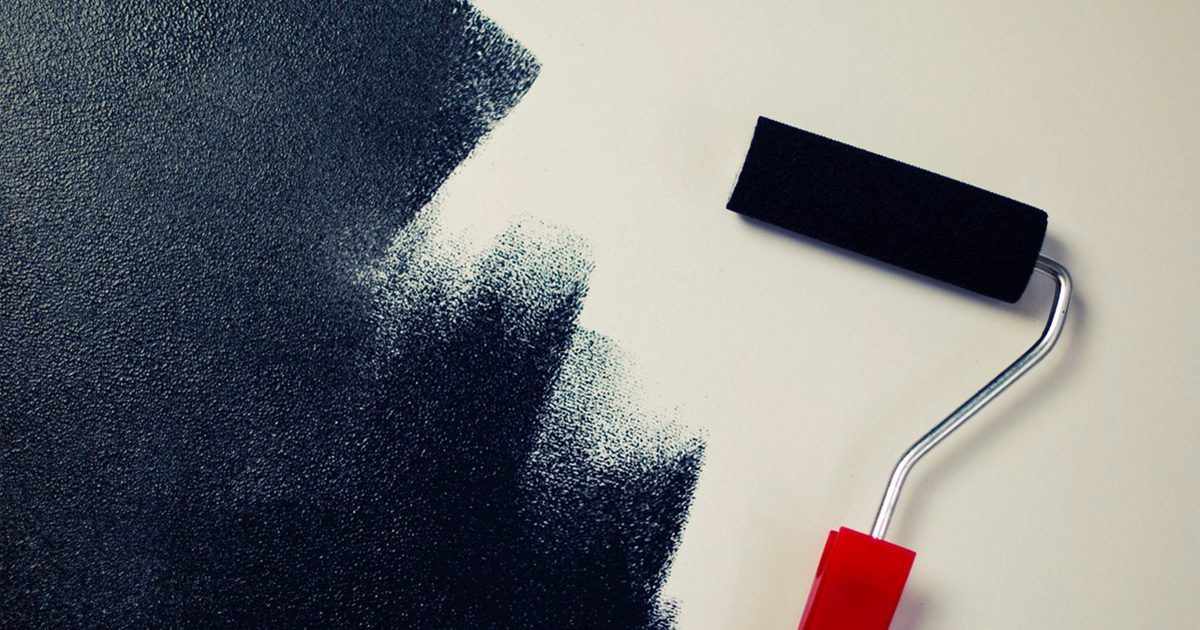6 Ways to Trim the Cost of Painting a House
A fresh coat of paint makes everything it touches seem brand new. But such new beginnings cost real money. Professional painters charge around $4,000 for labor and materials to paint the exterior of a 2,500-square-foot, two-story home and roughly $5,500 for the interior. Painters’ rates may range from $20 to $60 an hour, but around $40 is typical in urban areas.
With thought and planning, you can keep the cost of painting the exterior or interior of your home to a minimum, whether you are using a professional painter or doing the work yourself.
Cost estimates
Here are some estimates of the cost to have a professional paint the exterior and the interior of a home, including labor and materials, according to the Painting and Decorating Contractors of America, a trade organization.
| Exterior painting cost | Interior painting cost |
|---|---|
| 500 square feet: $1,000-$1,500 | 500 square feet: $750-$1,500 |
| 1-story 1,000 square feet: $1,000-$3,000 | 1,000 square feet: $1,500-$3,000 |
| 2-story 2,500 square feet: $3,000-$5,000 | 2,500 square feet: $3,750-$7,500 |
| 3-4-story 4,000 square feet: $4,000-$7,000 | 4,000 square feet: $6,000-$12,000 |
» MORE: See the cost of other home improvement projects
Breaking down the cost to paint a house
House-painting costs vary depending “on what material you’re covering, what product you’re using and what part of the country you live in,” according to Steve Skodak, executive director of the PDCA.
Most expenses fall into two main categories:
Labor costs
The biggest cost is labor. Most of the painter’s time is spent preparing the surface so paint will adhere well and the job will last. Your biggest potential savings come from controlling or reducing how much time a professional painter has to spend on the cleaning, patching, sanding, caulking and painting.
“I’m expensive; the paint is cheap,” points out Brian Bancroft, owner of Bancroft Painting, a 100-year-old family company in the Ann Arbor, Michigan, area.
Cost of paint and materials
Paint will be your next-biggest cost, at anywhere from $20 to $70 or more per gallon, depending on the sheen, the grade you’ve chosen and any special features. Some paints, for instance, are mold resistant. Others suppress smells or require fewer coats. Some have a lifetime warranty. Paints with warranties, however, may not be worth a higher price. In Consumer Reports tests approximating nine years of wear, only a few exterior paints and stains with lifetime warranties held up well. But “you’ll grow tired of the color long before a good-quality paint wears out,” Bancroft says.
Your painter is likely to recommend paints she or he knows and trusts. Bancroft prefers a middle-grade acrylic paint for most uses. It grips the surface, wears well and is reasonably priced, he says. “If you’re painting your garage or sprucing up the basement, you can step down [a grade],” he adds.
Mike Freeman, general manager of Mike’s Quality Painting in Albuquerque, New Mexico, uses premium paints. “We regularly will spend $50 a gallon on exterior paint because I know that the paint can last somebody 10, 12, 15 years, as long as we prepare the surfaces correctly,” he says.
Other materials — including tarps, tape, brushes, rollers and other equipment and supplies — will be included in a bid but aren’t typically broken out individually by cost.
Tips for saving on house-painting costs
With labor your biggest expense, you can save the most by containing how many hours a painter spends on the job. And there are other ways to pare back costs, too. Follow these pro tips for maximizing your savings:
1. Get competing bids
Before hiring a painter, get multiple estimates, Freeman says. Find recommended painters from friends, or search at Painting and Decorating Contractors of America for member painters near you who are licensed, where required, and insured.
Ask a painter to specify how many hours will be spent on preparation and on painting, names of products to be used, how many coats will be applied and the cost for any additional coats.
2. Use a contract
Now, make sure you get your agreement in writing. Freeman includes time estimates for each aspect of the job. Bancroft favors a simpler contract, like “This is what we are going to do: We are going to caulk and putty the windows. We’re going to put two coats of paint using Pittsburgh Manor Hall eggshell, color to be determined.”
3. Do all or some of the work yourself
You can save a bundle by doing the labor yourself. The biggest DIY expense is paint. Other expenses include buying or renting supplies and equipment, like caulk, primer, brushes, rollers, tarps and ladders or scaffolding. Freeman advises applying paint with brushes, not a sprayer. “If you overspray all the window frames and overspray your shingles and your sidewalks and the brick on the front of the house, you do damage that is not easily fixed,” he says.
If you’re hiring a painter, ask if you can reduce the cost of labor by doing some tasks yourself. For example:
- Trimming shrubs
- Moving furniture and clearing a perimeter for painters to work
- Removing and reinstalling the outlet covers, switch plates and doorknobs
- Prep work like patching, sanding and scraping, if you have the skills
4. Don’t wait too long to repaint
Repaint — exteriors especially — before visible signs of wear appear, Bancroft says. Don’t wait until you see peeling or flaking paint. “If I have to spend 40 hours preparing the surface before we can paint, that time is going to result in a lot of extra costs. But if I can spend 10 hours preparing the surfaces to be painted, you’re going to save money,” Freeman says.
5. Trim the scope of the job
Before signing the contract, look through it for ways to trim aspects of the job that aren’t important to you. For example, you might forgo repainting ceilings or closet interiors, to save on paint and labor.
6. Think strategically about color
By recoating your existing colors instead of changing colors, you may get away with one coat of paint rather than two, if the surface is in good condition.
Also, avoid very deep colors, or use them on trim or accents, Bancroft says. Bright reds and yellows may require four or five coats to cover well, so if you must use them, choose premium paints to get the job done with fewer coats.
Darker colors look great on exteriors but they fade sooner than lighter colors, so you’ll have to repaint more often. “You can be more daring and bold on the inside than you should be on the outside,” Bancroft says. “If you want to have a fire-engine-red door, you can paint that every two years and it can be fresh and lively.”
The article 6 Ways to Trim the Cost of Painting a House originally appeared on NerdWallet.


